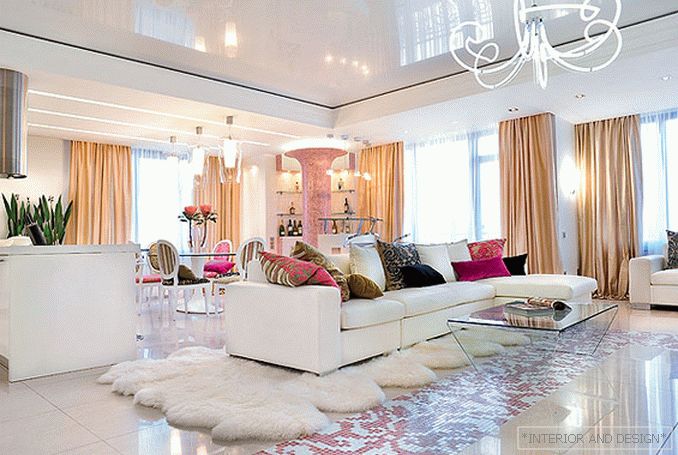Interview with famous architect

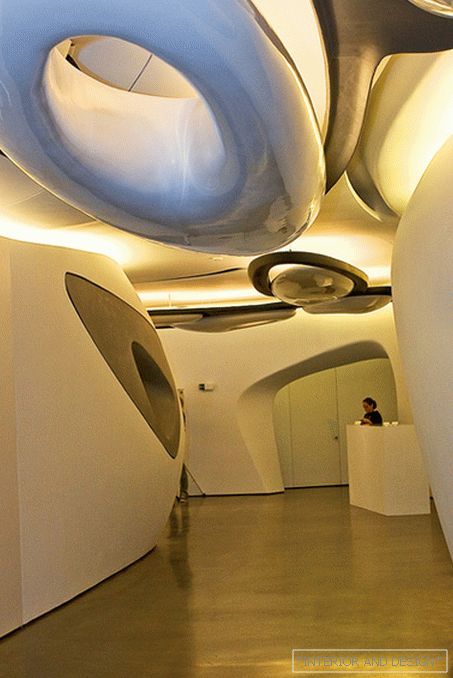


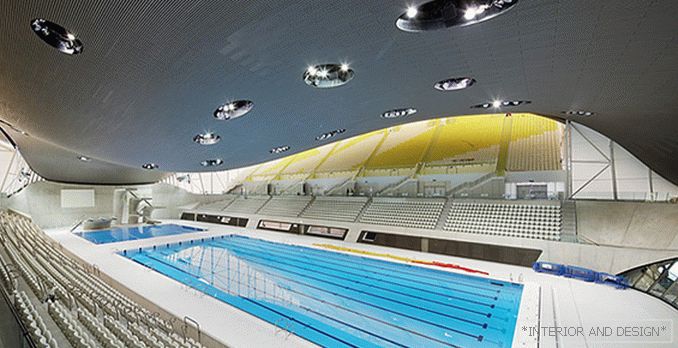





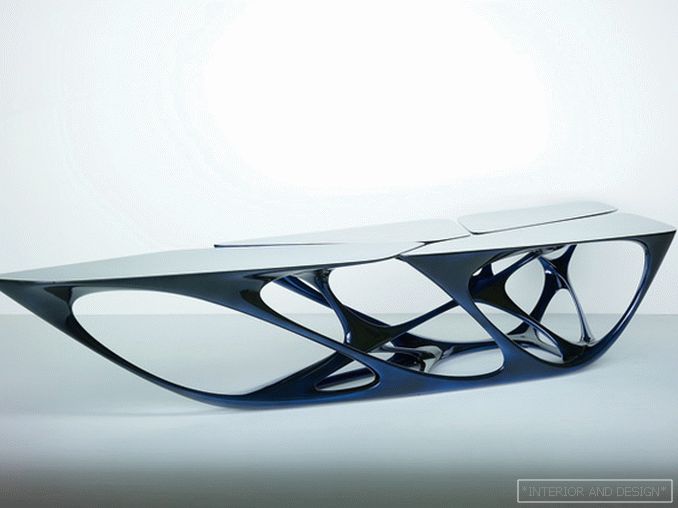
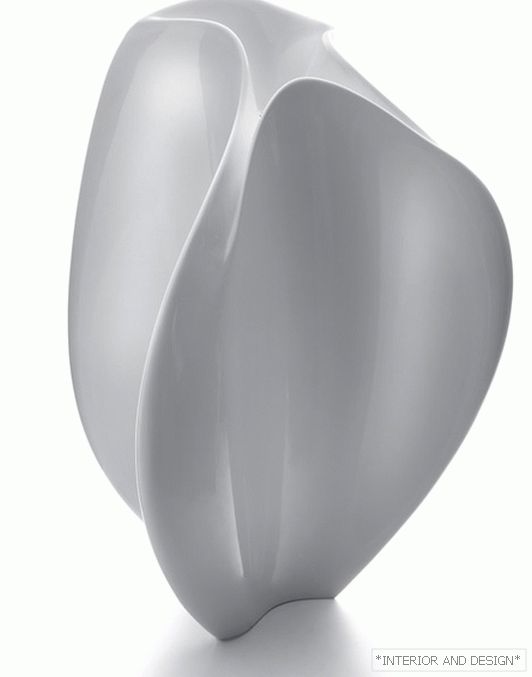 Passing the gallery
Passing the gallery Interview prepared: Julia Sakharova
Magazine: N4 (170) 2012
WITH
SALON: A few years ago you said that your architecture is becoming more and more organic. And now how?
- This process continues. If my early works were created under the influence of Malevich’s creative work (thesis
S: How does this manifest itself in the architecture and interior of the Roca Gallery?
- This flowing area of approximately 1000 square meters is devoted to water, its various forms and manifestations. First of all, it is the image of a river that flows rather bizarrely, curvilinearly, unpredictably, which somewhere washed away the soil and formed grottoes. Secondly, this is the image of clouds, steam (this topic is designated by lamps), these are water drops (their macro image is broadcast on plasma panels). In a space organized like a riverbed, there is movement, there is energy. In my opinion, these forms arose as a result of the interaction of the elements of water and earth. An illusion is created here that this interaction continues, that is, there is both a result and a process at the same time.
S: What materials are used here?
- This is reinforced concrete, including special white concrete and plastic. The table we're talking to is made from Koriana.®.
S: Which of your objects could you single out among the most recent?
- I would single out the Water Sports Center in London and the Transport Museum in Glasgow. The architecture of the Center for Water Sports also develops the theme of water, but in a different way: there are large spaces, a different scale, a lot of light. The building of the museum is connected with the environment, it seems to grow out of the water, when viewed from the pier.
S: That is, do you use landscape architecture techniques?
- Yes indeed. Landscape architecture is a mediator between nature and architecture, it is possible to take from it ideas of assimilation, similarity, development, and so on. Take, for example, these grottoes: reception arose as a derivative of a similar reception of landscape architecture.
S: What other natural elements could you embody in architecture?
- All without exception, and the fire as well.



